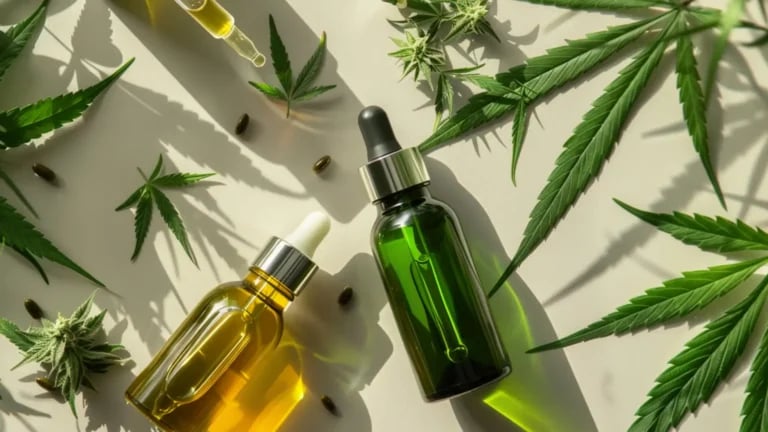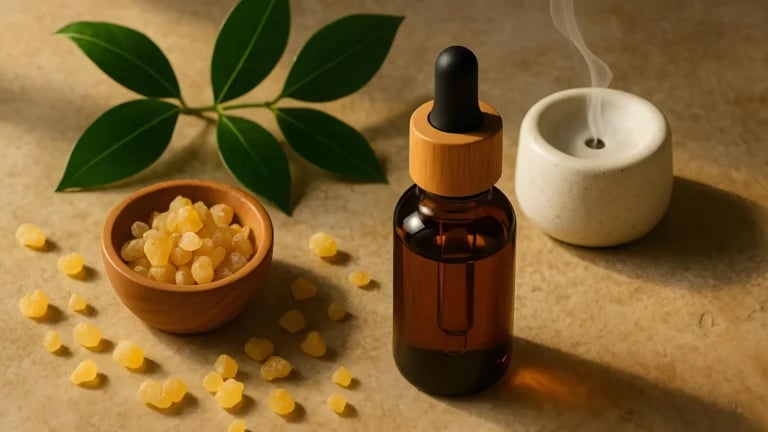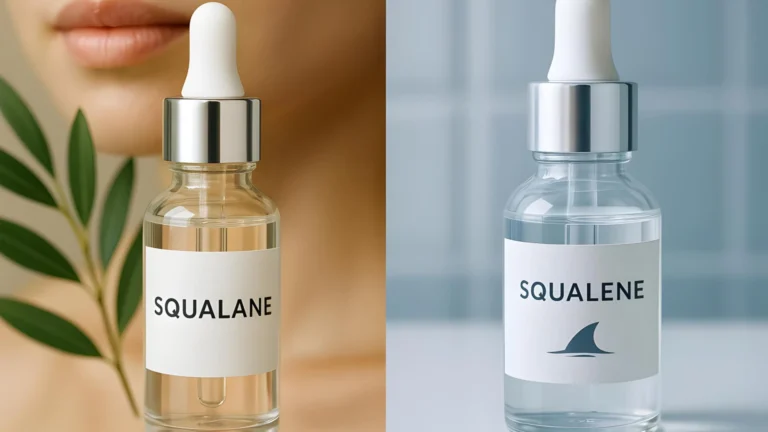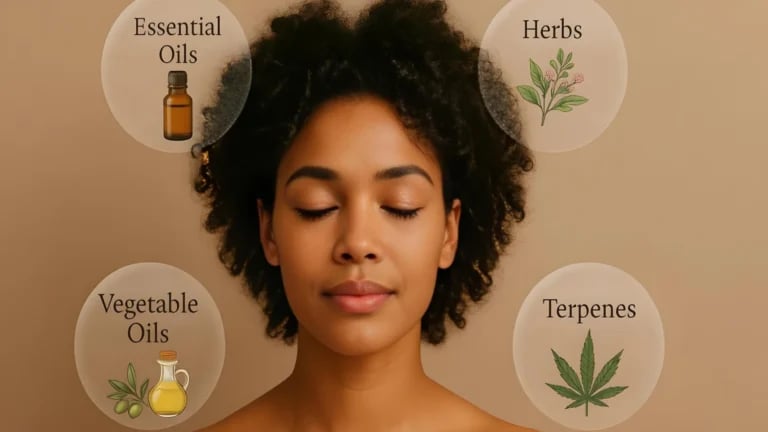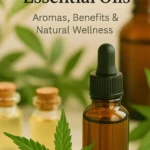Get ready to explore terpenes, the aromatic compounds that give the unique flavours and therapeutic effects to your favourite essential oils and cannabis strains?
Join me as I delve into the reasons behind why plants produce terpenes and uncover the striking similarities between terpenes that are found in cannabis and aromatherapy oils. I’ll cut through the jargon, explore 14 popular terpenes, and even touch on the sweet spot where cannabis and aromatherapy meet.
Whether you are an avid recreational cannabis enthusiast or a newbie exploring the world of essential oils, this guide is exactly what you need. No fluff, just the good stuff. Let’s get to it!
Table of Contents
What Are Terpenes?
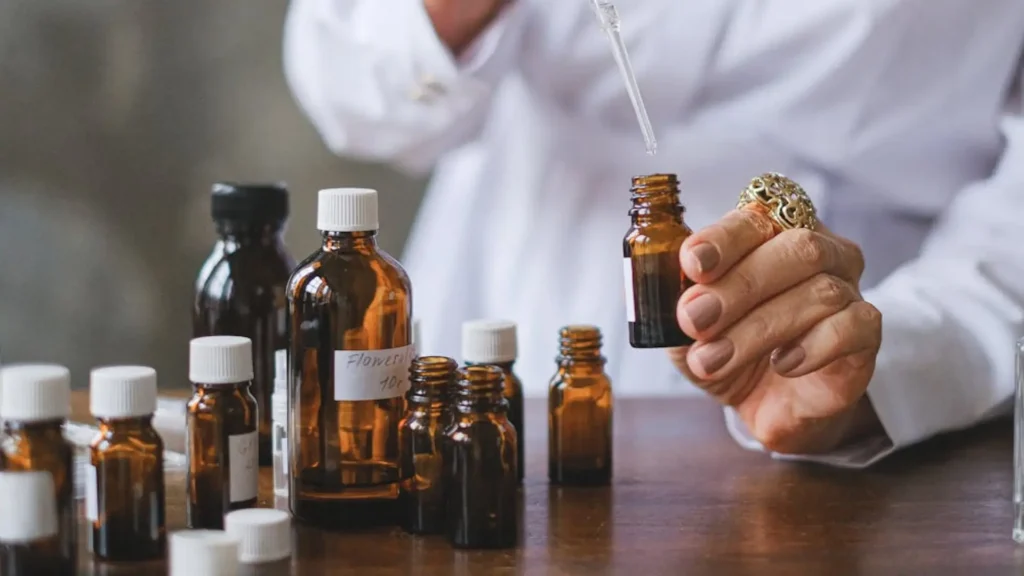
In recent years, there has been a growing interest in the study of terpenes, particularly their presence and effects in cannabis and as constituents of essential oils. Terpenes are a group of volatile bioactive compounds that are found abundantly in nature. They play a significant role in the aroma and flavour in various plants, including cannabis.
There are hundreds of different terpenes found in plants, and some researchers say that number is in the thousands. Plants create them to protect themselves from predators, and also to attract pollinators. They are responsible for the unique smell and taste of these plants, and also have numerous health benefits.
There are a huge number of aromatic elements in cannabis and cannabis products. In the cannabis industry, there are many strains with a high terpene content. Cannabis compounds and terpenes have a wide range of molecules that contribute to the plant’s distinct smell and taste. They also produce a wide range of therapeutic effects, such as reducing anxiety or relieving pain.
Although people generally associate them with Cannabis Sativa, Indica or Ruderalis, terpenes are another major component of aromatherapy oils. It’s the combination of these and other aromatics that determines the fragrance of the oil. These compounds are also what give the oils their fragrance and also their therapeutic benefits.
Herbs and spices also contain high levels of terpenes. For example, ginger contains a compound called Zingiberene, which has anti-inflammatory effects in the body. Similarly, oregano contains compounds like Carvacrol and Thymol, which have also been shown to reduce inflammation.
Where Do Terpenes Come From?
Terpenes are aromatic organic compounds found in a variety of plants in their flowers, leaves, and stems. They are responsible for the plant’s fragrance and taste. Plants produce them to protect against predators and pests, and other types of plants use them to attract pollinators. They can also be produced through the process of photosynthesis.
There are many cannabis extracts and other compounds to be found in cannabis. These chemicals give marijuana its distinctive smell and taste. Different terpenic profiles very much affect the plant’s effects on the human body. They work together, as well as with other plant compounds, to provide excellent therapeutic results.
Essential oils are concentrated versions of terpenes from the plant source. They’re used in aromatherapy as natural remedies for a variety of ailments. Studies have shown that for many people, they are popular for relieving symptoms with less side effects than those who took some mainstream medications.
Plants that we commonly use as herbs and spices also produce terpenes. These contribute to their smell, taste, and medicinal properties.
Although the source of the terpenes can vary, the therapeutic effects are the same whether they appear in cannabis or aromatherapy oils. Typically, the plant where each specific terpene was first identified lends itself to the name of the terpene. For example, Myrcene is one of the most well known cannabis cultivars, but it was first identified in Myrcia, which is a flowering shrub that is a member of the Myrtle family.
Terpenes and Terpenoids
Terpene and terpenoid are two words that are often used interchangeably, but there is a big difference between the two. Terpenes are produced throughout the plant, and there are many terpenes in cannabis in the trichome resin glands.
Terpenes are highly reactive to oxygen, and when cannabis is dried and then cured, they undergo oxygenation, which makes them terpenoids. So, essentially, the main difference is that terpenoids have oxygen atoms attached. Cannabinoids and terpenes are also both a subclass of terpenoids.
Some have been shown to mimic and enhance the actions of cannabinoids that are in cannabis. Using terpenes and cannabinoids concurrently can produce pain-relieving effects greater than using terpenes or cannabinoids on their own. This is why I think using cannabis AND aromatherapy oils in topical skincare products is an amazing way to get results.
This blog post shows you how to make a simple Cannabis Lotion that can utilise terpenes well.
How Do Terpenes Affect The Body?
When it comes to how they affect the body, there are a few key ways. Different types of terpenes interact with the endocannabinoid system (ECS). The ECS is responsible for regulating many important functions in the body, including pain, inflammation, mood, and appetite. They bind to cannabinoid receptors in the brain and alter their activity. This can lead to changes in perception, mood, pain relief, improved symptoms, and often with fewer side effects.
They may also interact with other systems in the body, such as the nervous system or immune system. This interaction can produce different effects depending on the specific terpene involved. For example, some act as an anti-inflammatory agent while others can promote relaxation.
Do Terpenes Get You High?
The answer is yes and no. While they don’t produce the same psychoactive effect as THC, they can influence your mood and cognitive function.
Another point worth noting is the perception. If you have been suffering from long term chronic pain and anxiety, and you find that a blend of terpenes in aromatherapy oils alleviates the pain and your anxiety reduces, you may well feel “high” in the sense of not suffering. The release from pain can be so liberating that you could be excused for thinking of it as the effects of cannabis alone.
Some research shows that terpenes play a role in increasing the effects of THC and CBD. However, they don’t get you high in the sense that most people who use cannabis understand it.
What Are the Most Popular Terpenes in Cannabis?
One of the most abundant terpenes in essential oils is Linalool. This compound has a floral scent and is used in many fragrances. It’s commonly used to uplift your mood and relieve stress.
Another one in abundance is Limonene. This citrusy-smelling compound is found in many citrus-scented oils, such as Lemon, Orange, Green Mandarin, and Grapefruit. Limonene also has mood-boosting and anti-inflammatory properties with fewer side effects than allopathic medication.
Pinene occurs in a variety of plants, typically the very fragrant, herbal ones such as Cypress, Juniper, Rosemary, and Eucalyptus. They are usually neuroprotective and reduce inflammation and anxiety.
The Medicinal Benefits of Terpenes
I hope you are starting to see how there is an overlap between the terpenes that come from cannabis and the ones that come from aromatherapy oils? This can be a great benefit by blending the two groups. You may choose to make a cannabis-infused oil from a specific strain that is rich in Myrcene because you want a strong anti-inflammatory effect. In the cream or lotion that you make with the infused oil, you can then add some aromatherapy oils that are high in Limonene and Linalool to give a more uplifting result.
Recent studies have shown that certain terpenes help to boost immunity, fight inflammation, and even protect against cancer. They can also be used to improve mental health, improve cognitive function and memory. They’re already known to have antianxiety and antidepressant properties, but there is ongoing research as Big Pharma finally realize what a cash bonanza cannabis can bring them.
Common Terpenes And Their Effects
Cannabis plants contain high concentrations of terpenes, each with their own unique aroma and effect. There are others that are mainly found in aromatherapy oils. Obviously I will not be listing them all here, but here are some of the most often found terpenes and their effects:
Myrcene
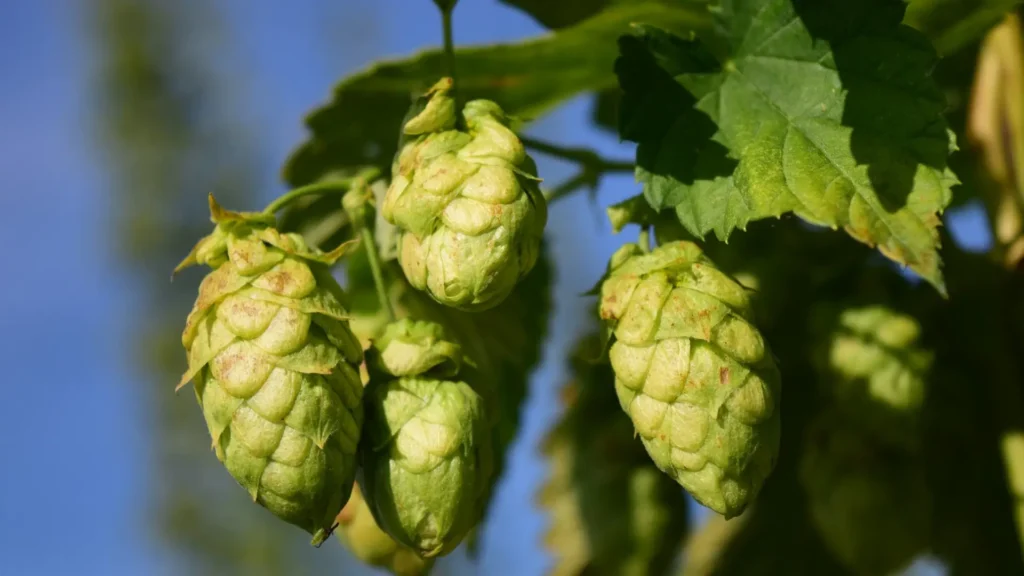
Myrcene is a sedative terpene that is also found in hops. It has a musky, clove-like scent and is responsible for the couch-lock feeling often associated with indica strains. It is the most commonly found cannabis terpene, and is effective in reducing chronic pain and inflammation.
- In aromatherapy oils you’ll find it in Black Spruce, Pink Grapefruit, Thyme, Cypress, and Spearmint.
- In marijuana, you’ll find it in Grape Ape, Purple Haze, Blue Dream, Harlequin, and OG Kush.
Linalool
Linalool is the second most common terpenene found in weed and is relaxing and a strong sedative. It helps a wide range of ailments, from depression, arthritis, insomnia, and research is ongoing for use against cancer.
- In aromatherapy oils you’ll find it in Lavender as it is the terpene most responsible for the plant’s fragrance, as well as Thyme, Fragonia™, Ylang Ylang, and Neroli.
- In marijuana, you’ll find it in OG Shark, Amnesia Haze, Special Kush, Do-Si-Dos, and LA Confidential.
Limonene
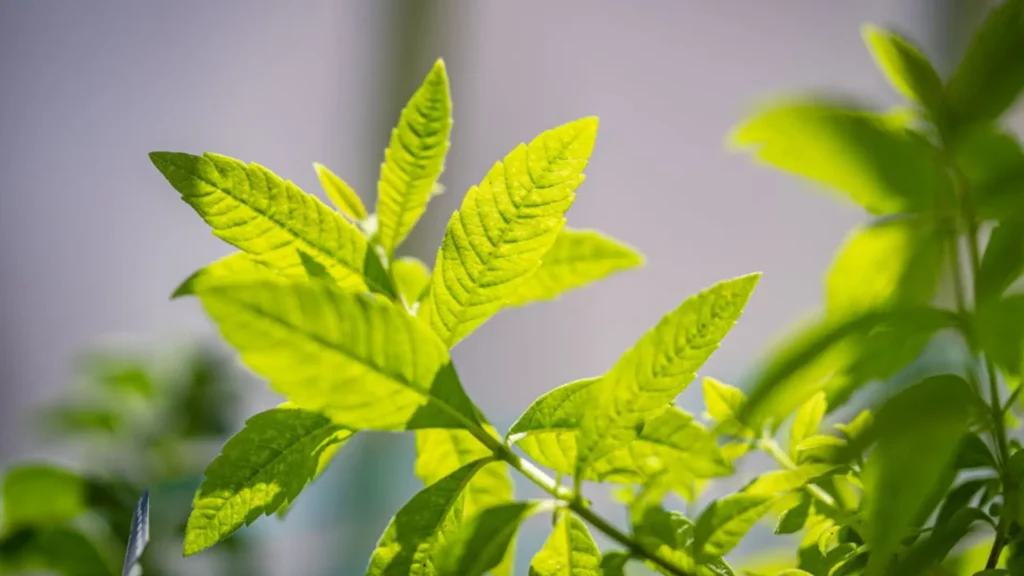
Limonene is a citrusy terpene that is also found in lemons, oranges, and other fruits. It has mood-boosting and stress-relieving effects and can also help with nausea and pain relief.
- In aromatherapy oils you’ll find it in Lemon, Pink Grapefruit, Neroli, Lemon Verbena, and Petitgrain.
- In marijuana, you’ll find it in Banana OG, Wedding Cake, Do-Si-Dos, Lemon G, and Purple Hindu Kush.
Caryophyllene
Caryophyllene is unique in that it binds with the CB2 receptors in your body. This is the same whether it is taken orally (in edibles), or topically (in creams and balms). It has great anti-inflammatory effects with arthritis.
- In aromatherapy oils you’ll find it in Melissa, Clary Sage, Niaouli, Carrot Seed, and Cinnamon Leaf.
- In marijuana, you’ll find it in Gelato, Chemdog, Pineapple Express, Cookies and Cream, and Sour Diesel.
Terpinene
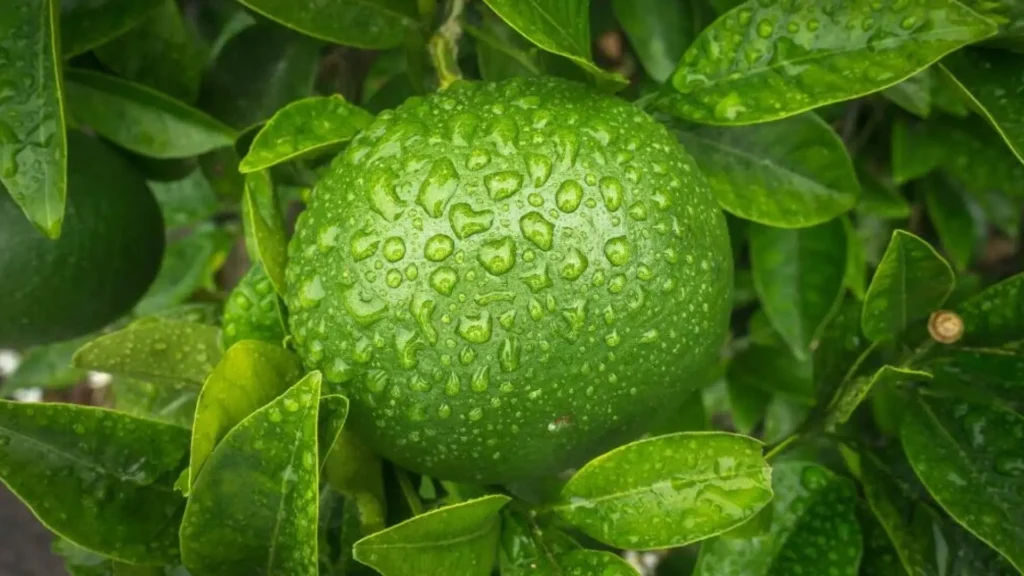
This is a group term for alpha, beta, gamma, and delta Terpinene. They are useful sedatives, helping with anxiety and insomnia. All four are good antioxidants, as well as being antifungal.
- In aromatherapy oils you’ll find it in Green Mandarin, Tea Tree, Cumin, Petitgrain, and Lemon.
- In marijuana, you’ll find it in Blue Dream, Lemon OG Kush, Orange Cookies, Ultra-Sour, and Sentinel.
Pinene
There is Alpha-Pinene and Beta-Pinene. These two terpenes are often referred together simply as Pinene. Pinene is known to have an anti-inflammatory effect by influencing airflow and lung functions. Cannabis strains that boast a significant concentration of Alpha and Beta Pinenes have shown notable potential in providing relief to individuals suffering from asthma. In addition to this, they can reduce memory problems associated with THC usage.
- In aromatherapy oils you’ll find it in Pine, Helichrysum, Frankincense, Black Spruce, and Plai.
- In marijuana, you’ll find it in Jack Herer, Blue Dream, Dutch Treat, Bubba Kush, and Cannatonic.
Eucalyptol

Also known as 1,8-cineole, this is the primary terpene that occurs in the eucalyptus tree. This is also commonly used in cosmetic formulations as it is effective against fungal and bacterial growth, but therapeutically, aromatherapists use it as a good pain reliever.
- In aromatherapy oils you’ll find it in Eucalyptus, Cardamom, Helichrysum, Moroccan Chamomile, and Fragonia™.
- In marijuana, you’ll find it in Super Silver Haze, Girl Scout Cookies, Dutch Treat, Bubba Kush, and Headband.
Humulene
First identified in hops (hence the name), Humulene is effective in suppressing your appetite. This terpene also fights bacterial infections, reduces inflammation, and is a good pain reliever.
- In aromatherapy oils you’ll find it in Hops, Helichrysum, Clove, Lantana, and Copaiba Balsam.
- In marijuana, you’ll find it in Girl Scout Cookies, White Widow, Pink Kush, Sour Diesel, and Sherbet.
Geraniol
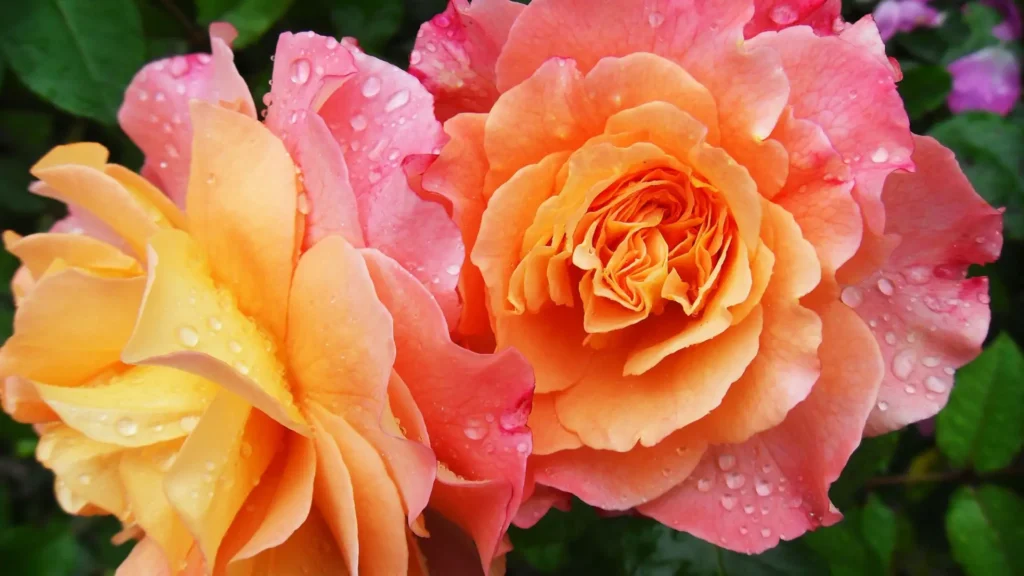
Geraniol imparts a very flowery aroma mixed with sweet fruits, and is very popular in cosmetic formulations for this purpose. It’s a good antioxidant and reduces inflammation in the body. Research shows that it is antibacterial and antifungal.
- In aromatherapy oils you’ll find it in Geranium Bourbon, Rose, Melissa, Thyme, Citronella, and Palmarosa.
- In marijuana, you’ll find it in Great White Shark, Afghani, Laster Kush, Harlequin, and Island Sweet Skunk.
Valencene
Do you remember that I said earlier that terpenes were often named after the material they were first identified in? No surprise then, to learn that Valencene was first identified in Valencia Oranges. It’s one of the rarer ones, but as I live in Valencia, I have included it. In aromatherapy oils and cosmetic products, it’s insecticidal and protective against UV rays. When found in weed, it is anti-inflammatory and also being investigated as useful against cancer. It’s early days yet, though.
- In aromatherapy oils you’ll find it in Cardamom, Orange, Cypriol, Grapefruit, Sweet Orange, and Blood Orange.
- In marijuana, you’ll find it in Agent Orange, Sour Diesel, Jillybean, Jack Frost, and Tangene.
Borneol
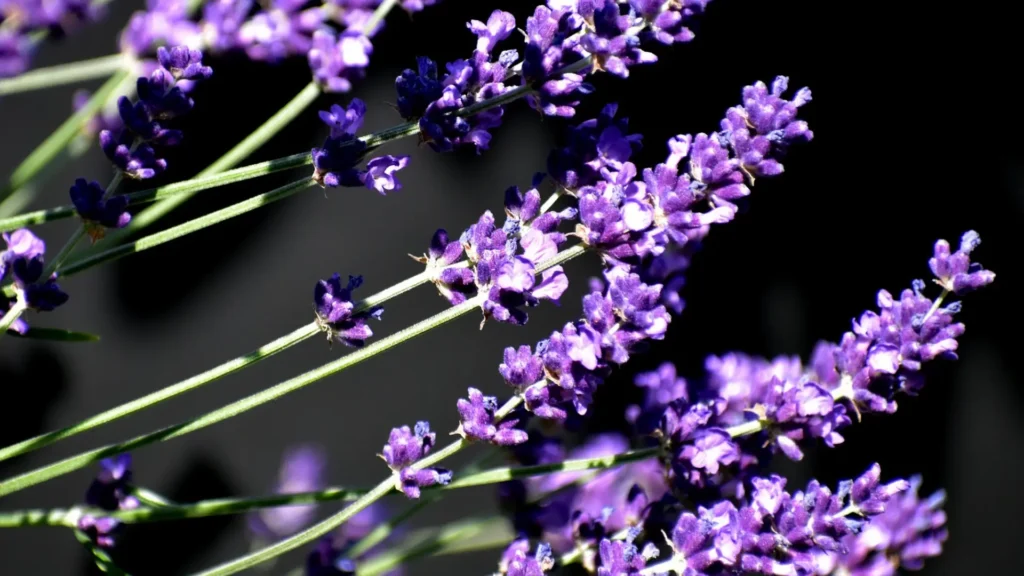
This terpene has been found to be effective in reducing tiredness and stress, thus allowing greater relaxation. It crosses the blood-brain barrier and has a neuroprotective effect in stroke cases. It’s effective against post-operative pain and many acupuncturists use Borneol topically at the insertion points.
- In aromatherapy oils, you’ll find it in Rosemary Verbenone, Thyme, Elecampane, Lavandin, and Spanish Sage.
- In marijuana, you’ll find it in Golden Haze, Amnesia Haze OG Kush, Easy Haze, and K13 Haze.
Camphene
This terpene reduces inflammation and helps to control pain. It helps bronchial problems and can suppress coughs. It can also reduce LDL cholesterol.
- In aromatherapy oils, you’ll find it in Sage, Yarrow, Scots Pine, Rosemary Verbenone, and Black Spruce.
- In marijuana, you’ll find it in Strawberry Banana, Mendocino Purps, Ghost OG. Banana Kush, and ACDC.
Delta-3-Carene

This is found in several plants and smells like cypress and rosemary. It has a reputation for healing bones and people with osteoporosis and fibromyalgia often choose this terpene. It also stimulates the memory and increases memory retention, which makes it a useful tool for Alzheimer’s disease.
- In aromatherapy oils, you’ll find it in Cypress, Myrtle, Black Pepper, Black Spruce, and Frankincense Sacra.
- In marijuana, you’ll find it in Jack Herer, AK47, OG Kush, Skunk, and Super Lemon Haze.
Bisabolol
I use this terpene a lot in cosmetic formulations as it is a very effective anti-inflammatory and also adds shine to lip and hair products. It’s effective against bacterial infections without causing resistance, and it has good analgesic qualities.
- In aromatherapy oils, you’ll find it in Blue Chamomile, Sandalwood, German Chamomile, Poplar Balsam, and Blue Chamomile CO2 Extract.
- In marijuana, you’ll find it in ACDC, Pink Kush, Dolato, Ice Cream Cake, and OG Shark.
What Is The Entourage Effect?
The entourage effect is a phenomenon that is commonly associated with cannabis. It occurs when the different elements in cannabis work together to produce a more beneficial effect than any one of those elements can produce on its own. However, naturopaths, herbalists, and aromatherapists have also known about this effect for much longer, but have not used the same term. They refer to a more general holistic approach, being aware that the whole plant can offer more protection than single isolated parts can.
The term was first described in 1998 by Israeli researcher Raphael Mechoulam and is a term used to describe the synergistic effect of all the compounds in cannabis working together. This includes the cannabinoids, terpenes, and other molecules found in the plant. This is what makes cannabis and aromatherapy, more than just the sum of their parts.
Contraindications for Essential Oils
Just because essential oils are a natural product, it is wrong to assume they are 100% safe for everyone. If you are in any doubt, do more research and contact your health advisor. Here are a few contraindications to be aware of:
- They should not be used on broken skin. If you have a cut or abrasion, wait until it is completely healed before using.
- Do not use them near your eyes. If you get any in your eye, flush the area with a carrier oil or milk. Do not rub the area, as this could further irritate the eye.
- Do not take them internally unless you are working with a qualified practitioner. Some oils can be very toxic if taken internally.
- If you are pregnant or breastfeeding, consult with your healthcare provider before using them.
- Check first with your doctor if you have high blood pressure or epilepsy.
- Very few oils can be used safely on small children and babies, so check first with a qualified aromatherapist.
Conclusion
Cannabis and aromatherapy oils clearly have a lot in common. They both contain terpenes, which are aromatic compounds that have different effects on the body. Terpenes are found in many plants, and each one has its own unique smell and properties. Using a combination of terpenes from aromatherapy oils and terpenes from cannabis can give really effective results.
FAQ
What are terpenes?
Terpenes are aromatic compounds found in plants like cannabis and essential oils. They’re responsible for each plant’s unique scent and offer various wellness benefits.
How do terpenes benefit health?
Some terpenes have anti-inflammatory, relaxing, or energising properties. They can support mood, help with discomfort, and even assist with sleep, depending on the type.
Are terpenes only found in cannabis?
Terpenes are found in many plants, like herbs, fruits, and essential oils, as well as cannabis. That’s why you find similar scents in different botanicals.
Can I use terpenes for aromatherapy?
Absolutely. Many essential oils are rich in terpenes, and using them in a diffuser or massage can promote relaxation or energy, depending on your blend.
Which terpenes are best for stress relief?
Linalool (found in lavender), myrcene, and beta-caryophyllene are all good options for calming the mind and easing tension.
Are terpenes safe to use?
Most terpenes from essential oils are safe when used properly and in moderation. Always dilute essential oils before use on skin, and check for any allergies.
What’s the difference between cannabis terpenes and essential oil terpenes?
Chemically, they’re often the same. It’s just the source plant that changes, which can affect the overall blend and effect.
How can I add terpenes to my daily routine?
You can diffuse essential oils, use terpene-rich skincare, or enjoy herbal teas and natural products that highlight terpene content.
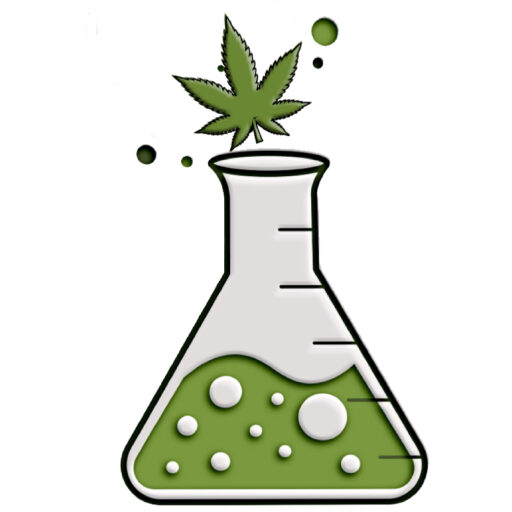
If you liked this blog post, I would love it if you shared it with a friend.
If you use Pinterest, please pin this post.
*As a POT by NOIDS affiliate, I earn from qualifying purchases.
*As an Amazon Associate, I earn from qualifying purchases.



